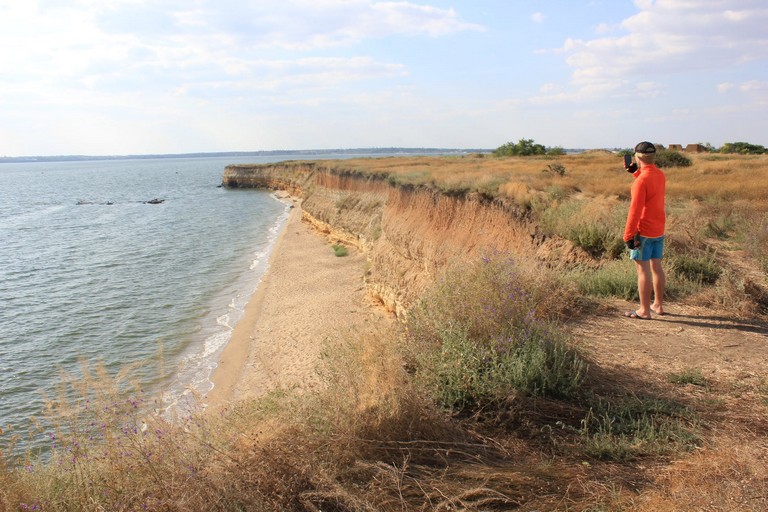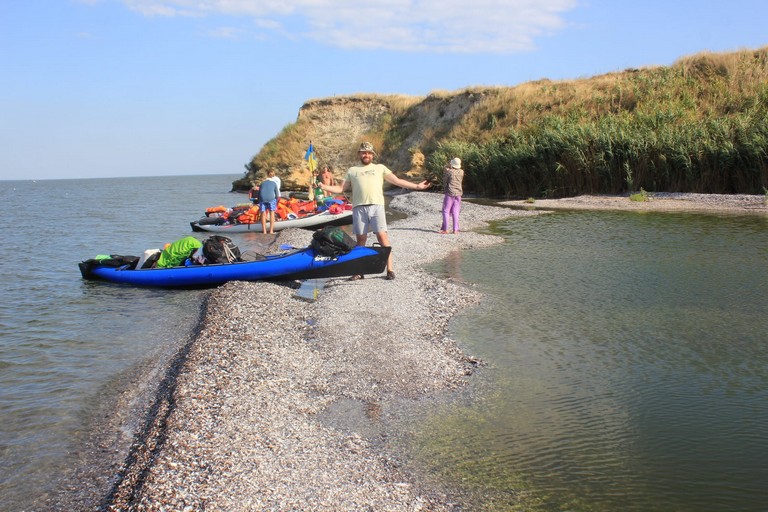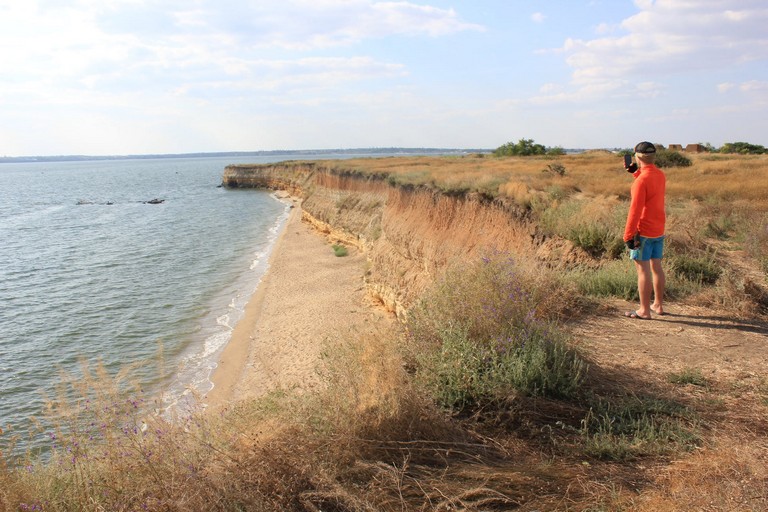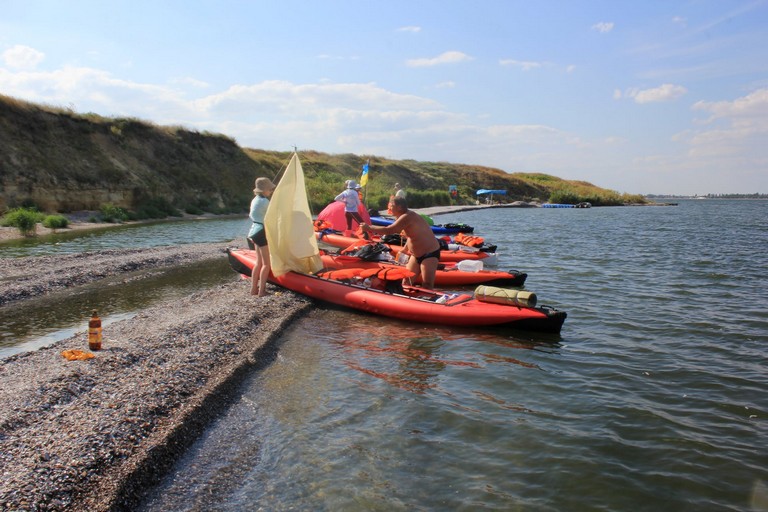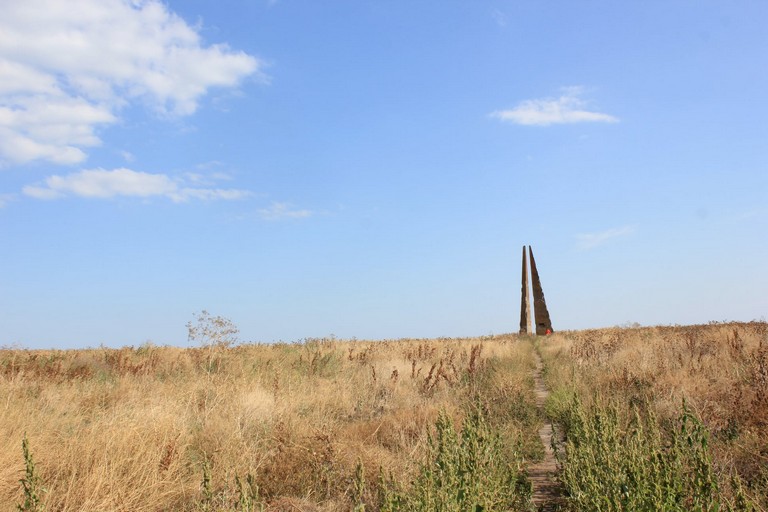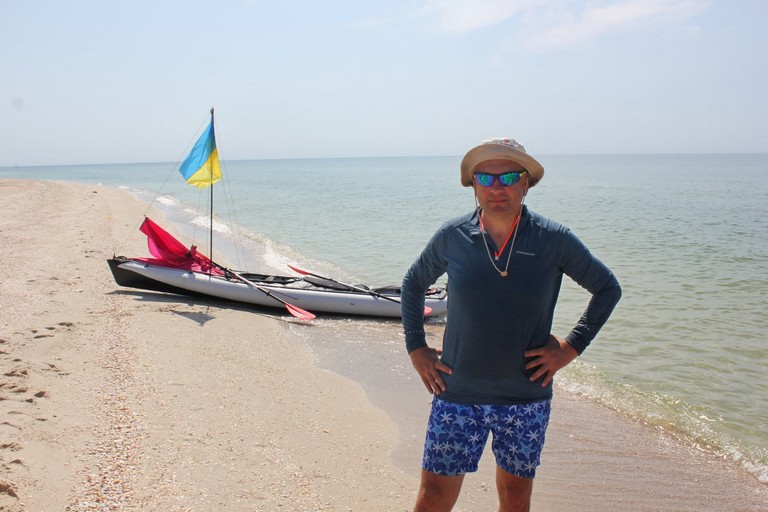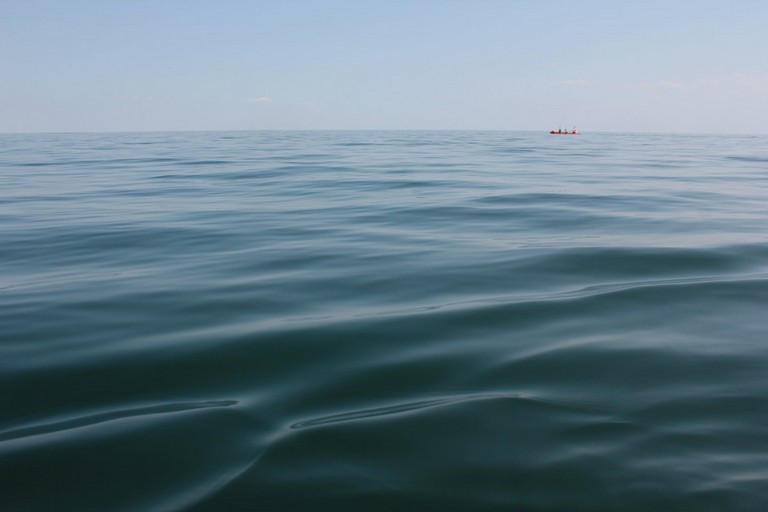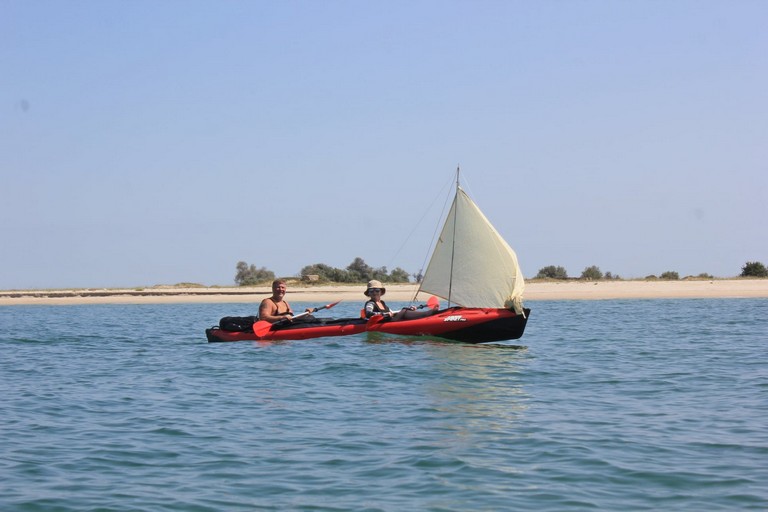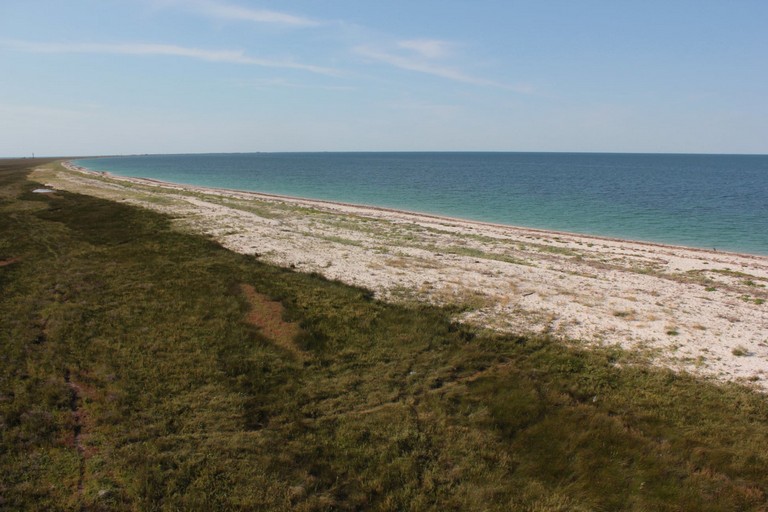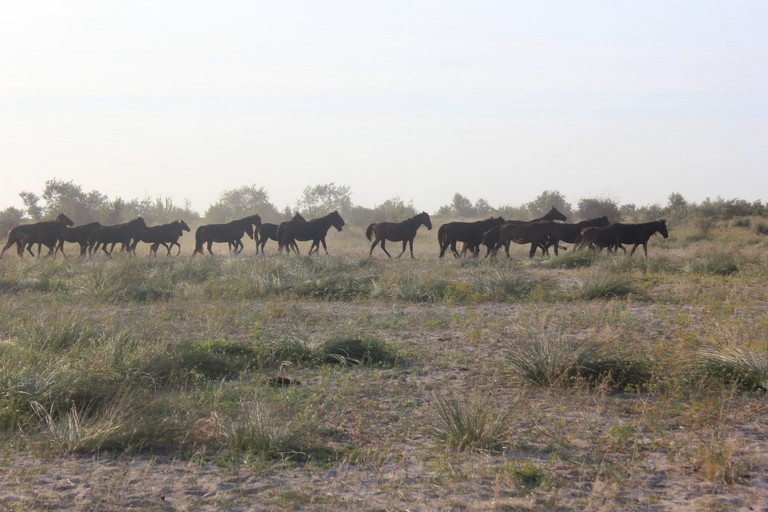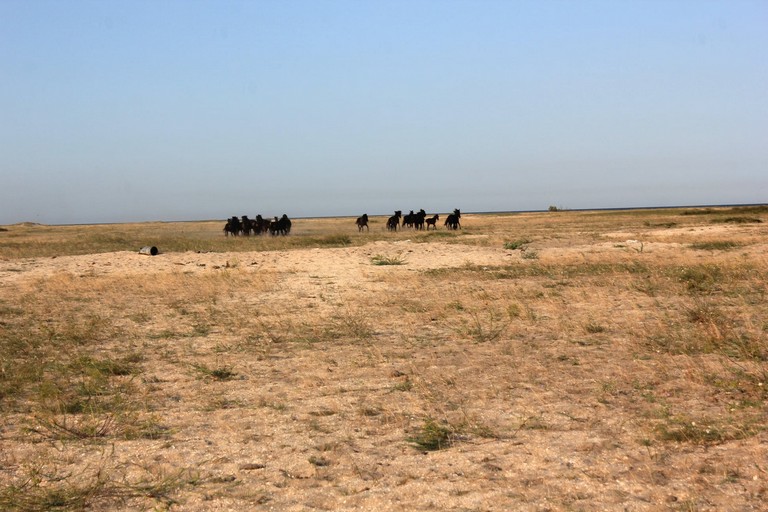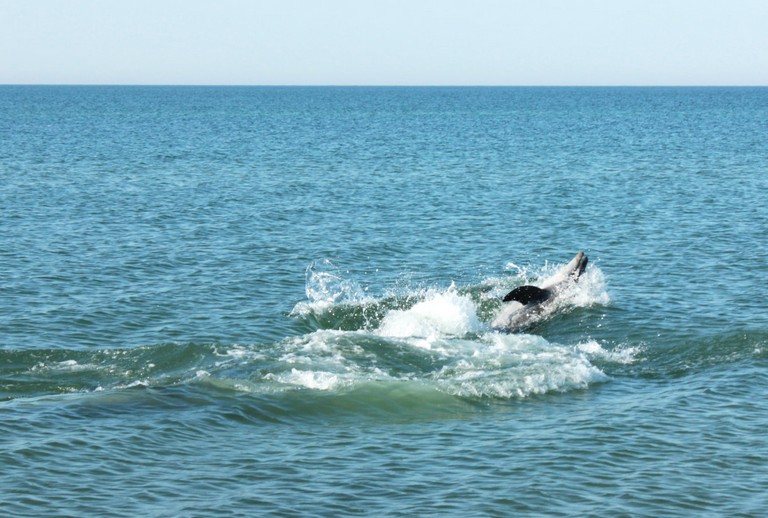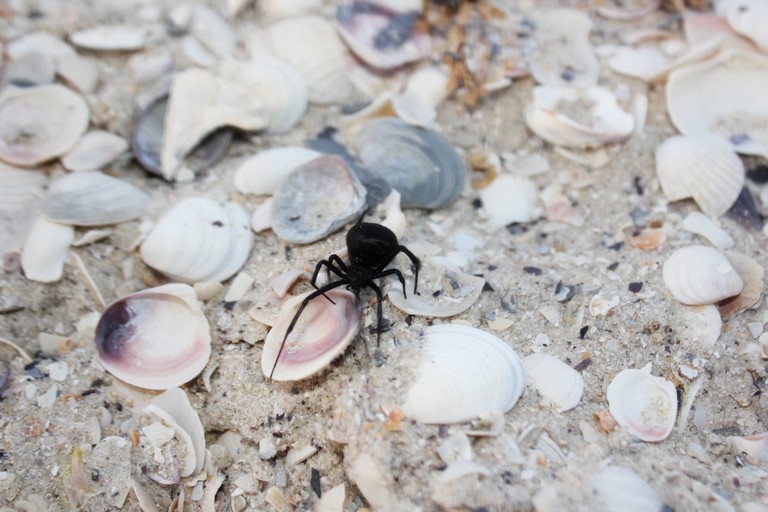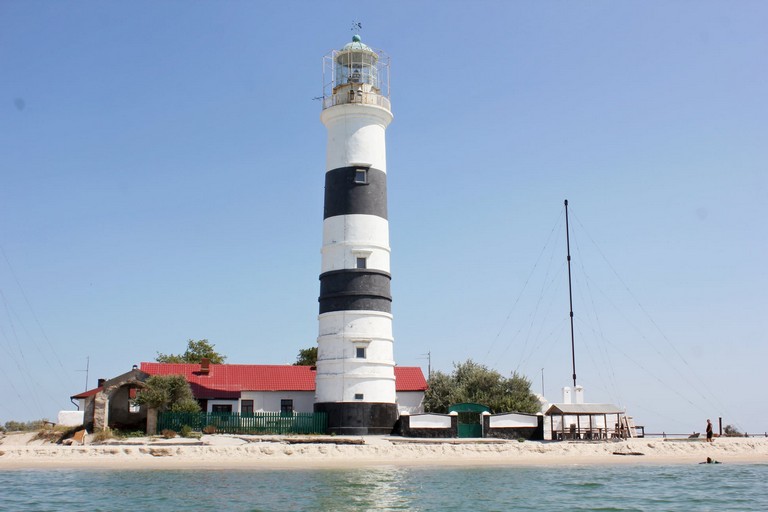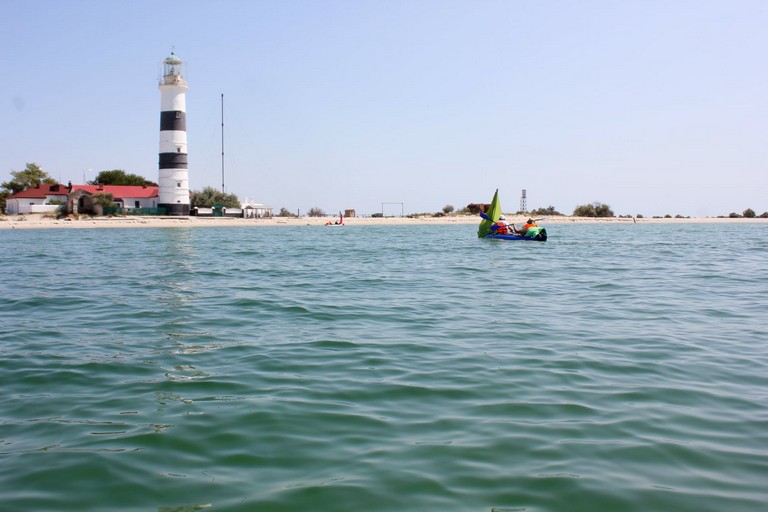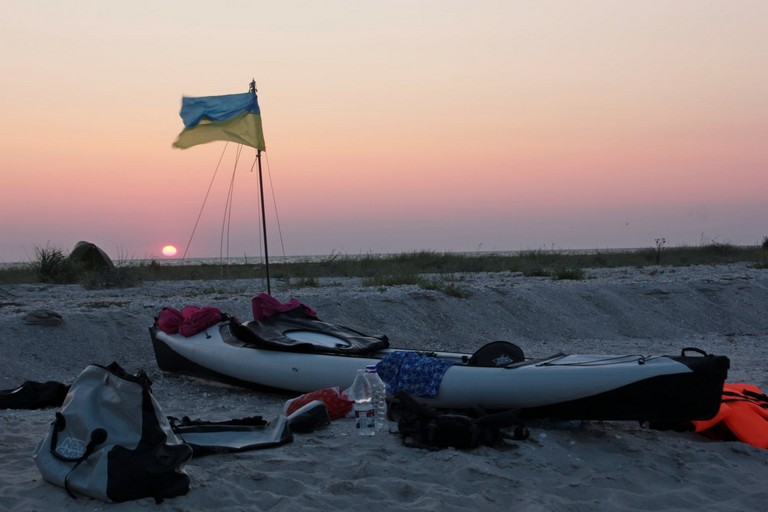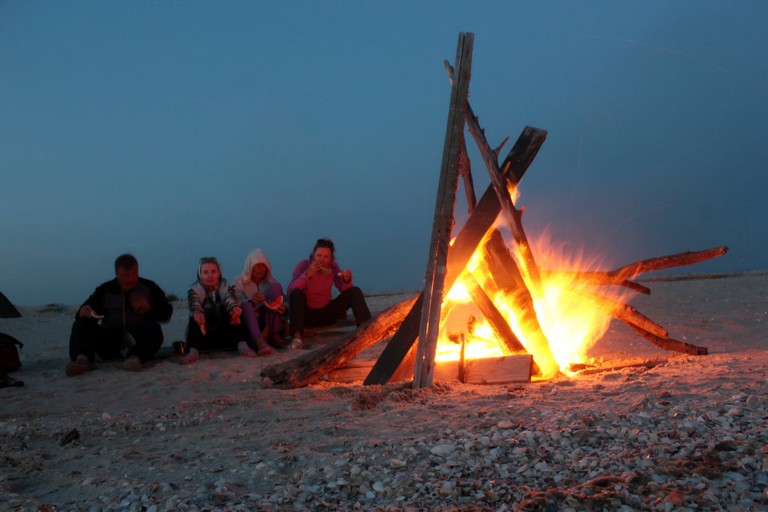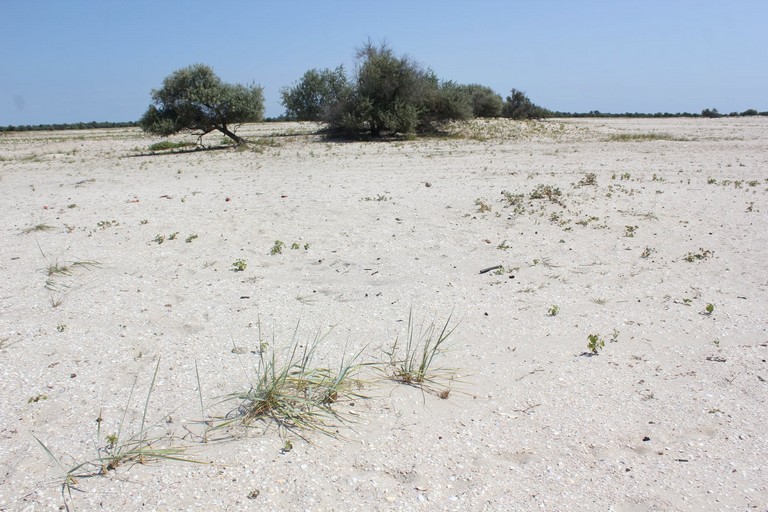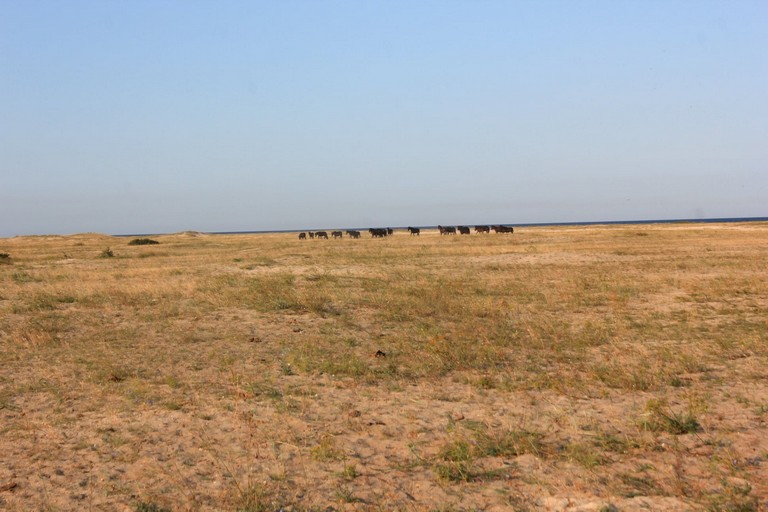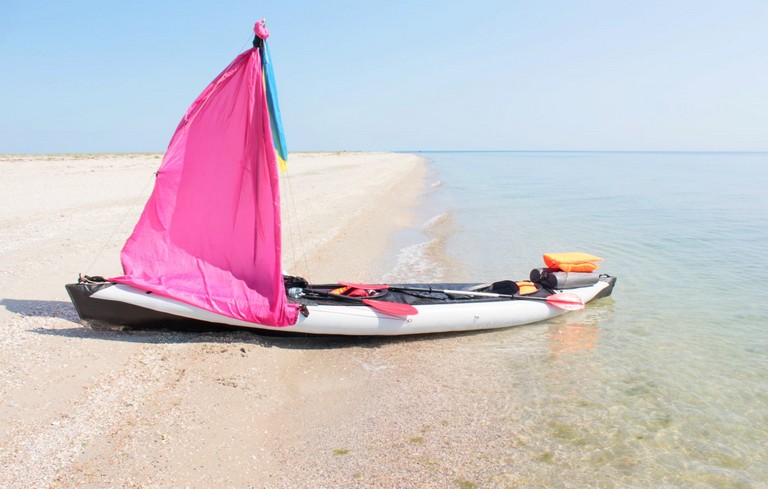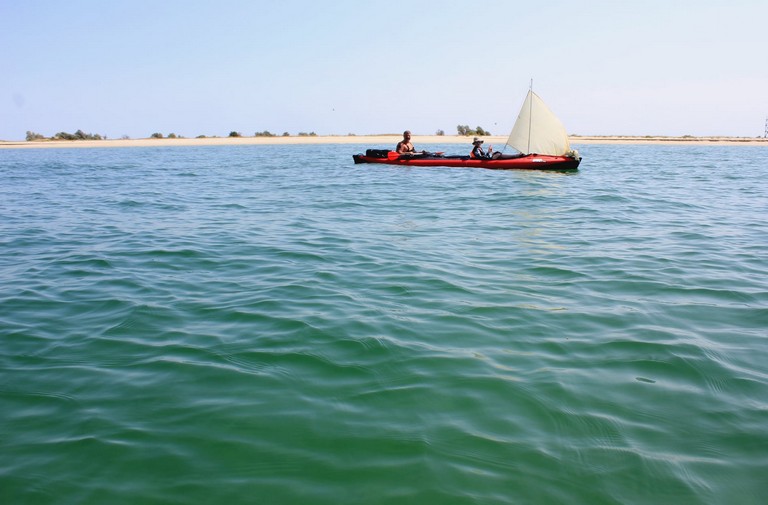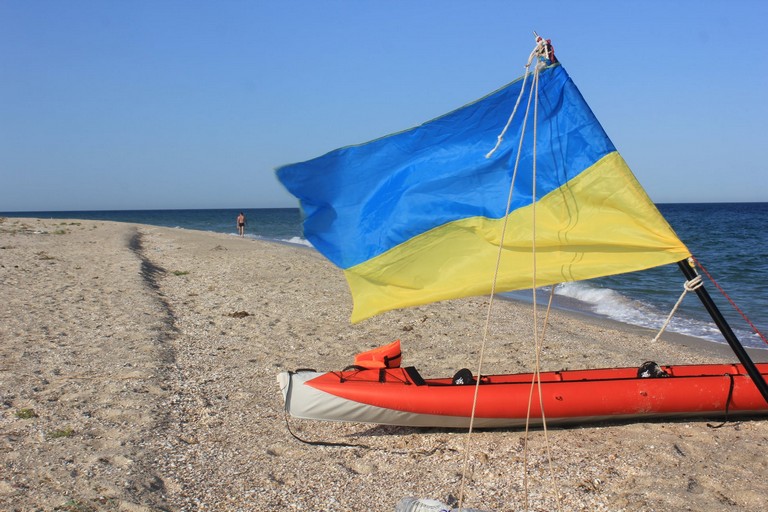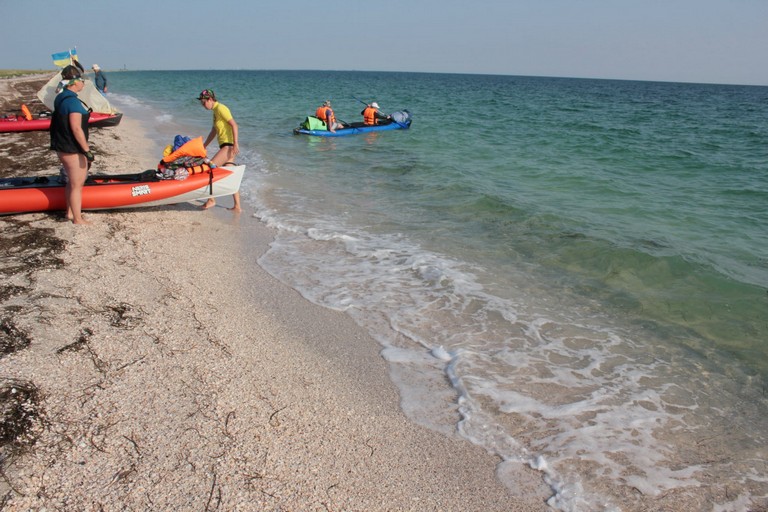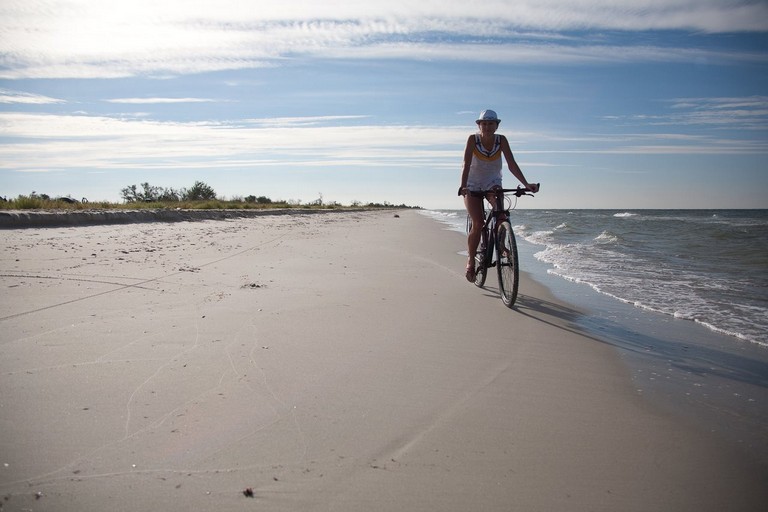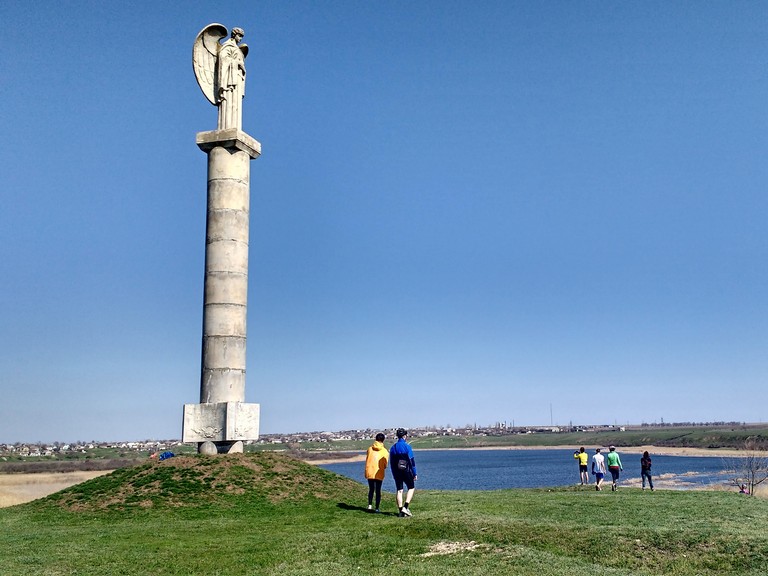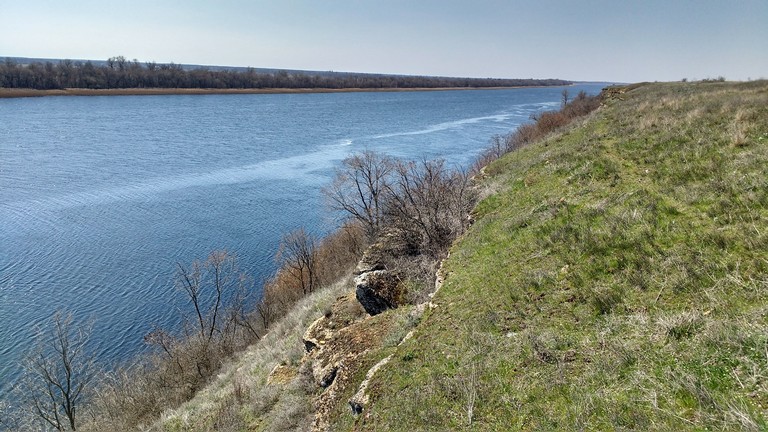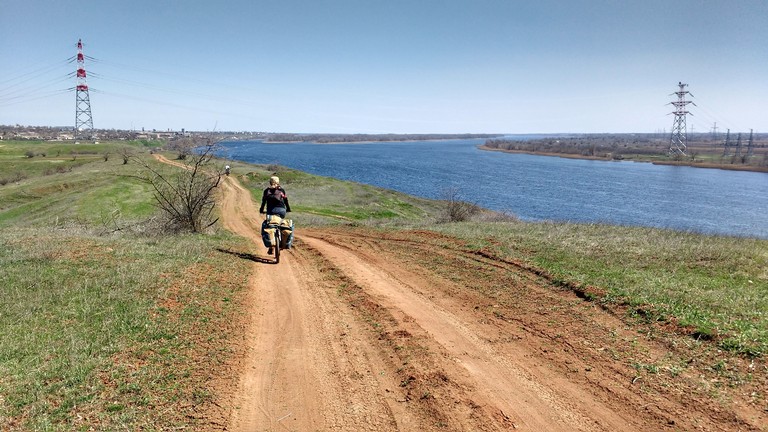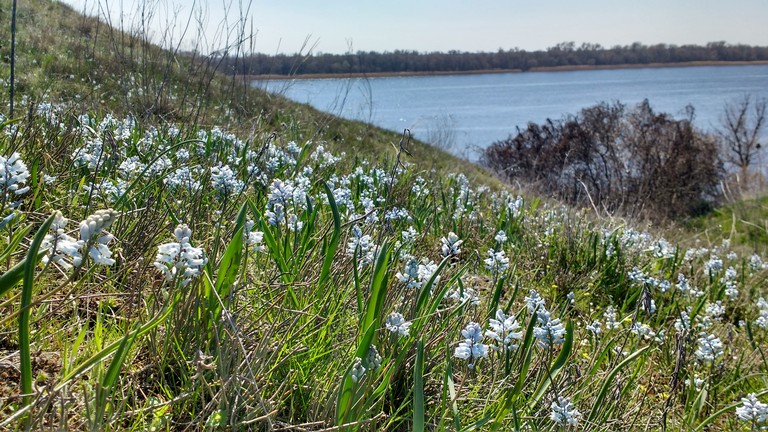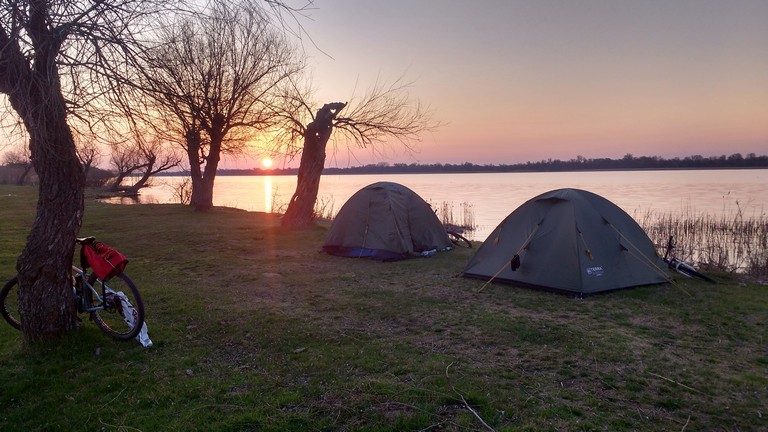In ancient times, events described in Greek mythology took place here, and the islands were collectively known as Achilles’ Race.
One can set off on a long sea journey from Tendry along the celebrated route of Achilles and Iphigenia, though cycling there is challenging due to the sand.
Alternatively, you can reach closer to Dzharylhach from Kinburska Kosa, heading towards Lazurne or Skadovsk, where kayak rentals are available.
Indeed, a journey by kayak is the best way to uncover the magic of this enchanting corner!
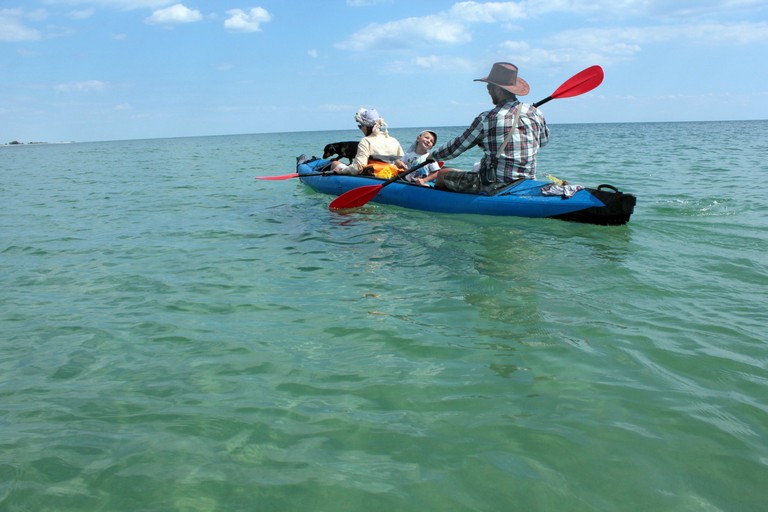
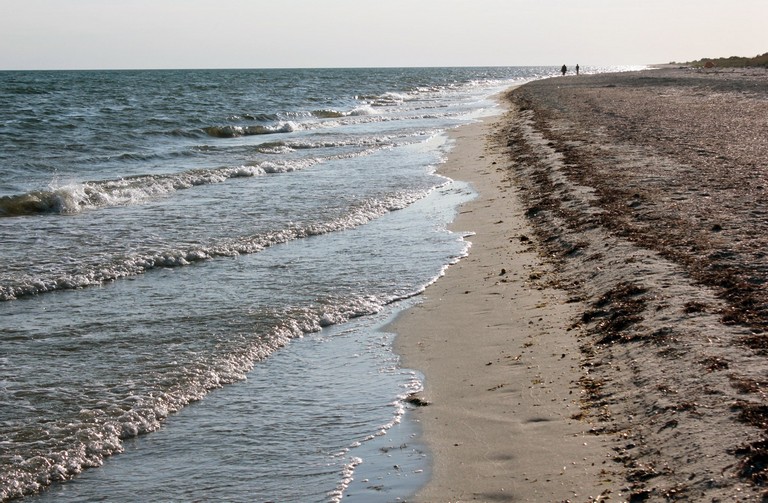
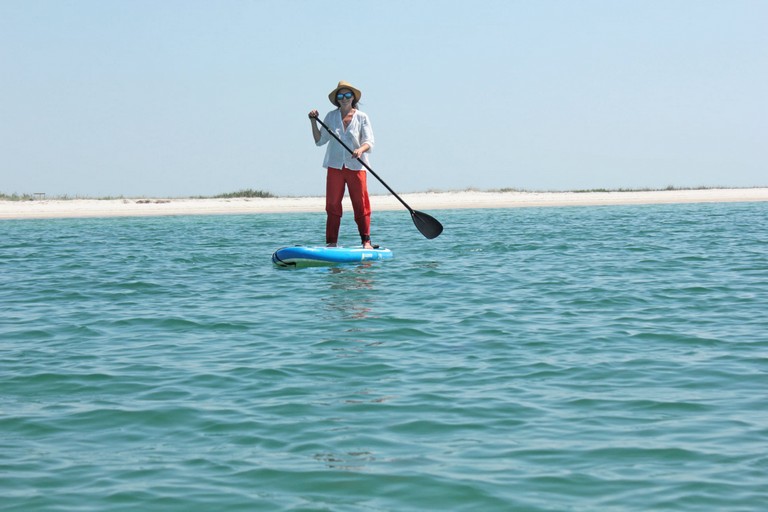
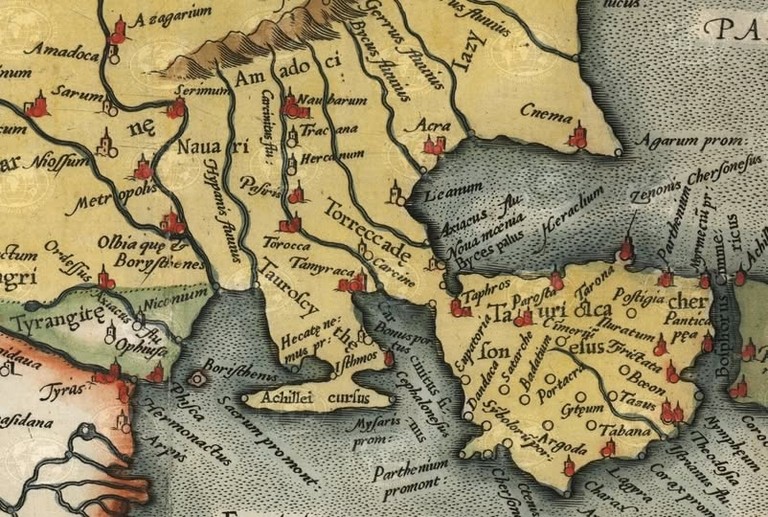
In Dionysius Periegetes (2nd century AD), there is a legend in which Achilles, upon meeting Iphigenia, decided to take her as his wife.
However, as a priestess, she had taken a vow never to marry and thus could not accept Achilles’ proposal.
Madly in love, Achilles resolved to take Iphigenia by force. He chased after his beloved, but she preferred to throw herself into the sea rather than betray her patroness.
Artemis came to her devotee’s aid. As Iphigenia leaped into the sea, the goddess began scattering sand in front of her.
Achilles ran for a long time after the swift-footed Iphigenia, but he never caught up with her—his feet sank into the sand, exhaustion overcame him, and he finally abandoned the pursuit.
Thus, according to Greek belief, a sandspit more than a hundred kilometers long formed in the sea, which they named Achilles’ Course or Achilles’ Race.
Dzharylhach: The Pearl of the Black Sea
The island of Dzharylhach, located in the Karkinit Bay of the Black Sea, is the largest island in Ukraine and in the entire Black Sea.
It covers an area of 56 square kilometers, with a total length of 42 km, of which the land portion extends for 23 km.
The island has an elongated shape stretching from west to east. On its western side, it transitions into a long sandy spit, separated from the mainland by a narrow strait that sometimes dries up, temporarily turning Dzharylhach into a peninsula.
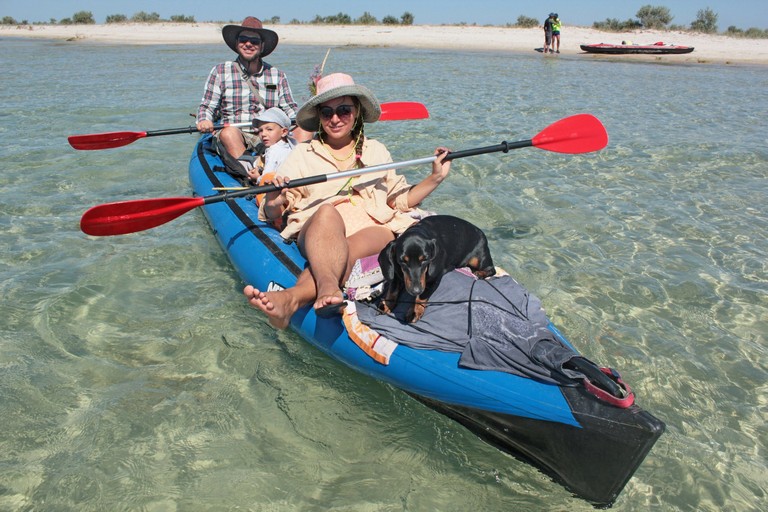
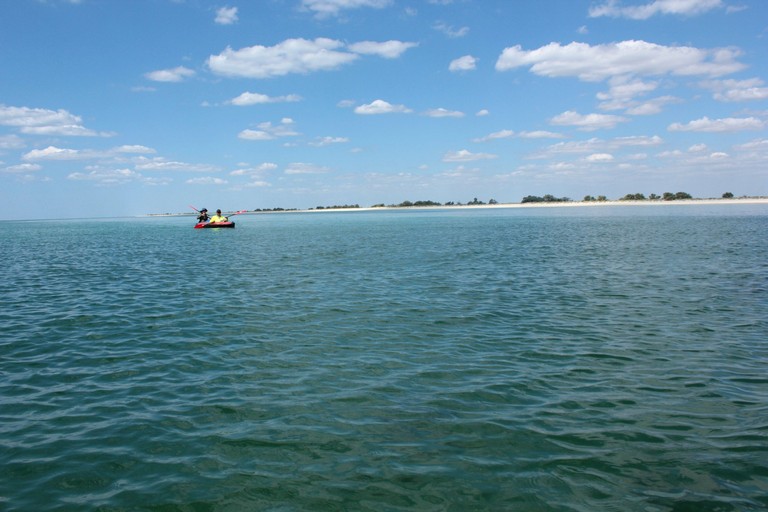
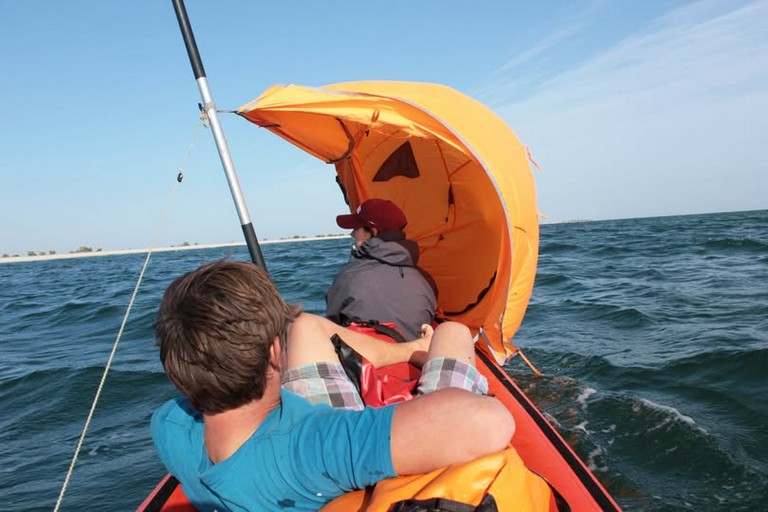
Relief and Geography
Dzharylhach features a flat terrain with numerous estuarine lakes, numbering around 200. Most of these lakes are saline, while a few are freshwater, with sizes reaching up to 150 meters in length and 15 meters in width. The total water surface area is approximately 9.49 km², making up 17% of the island’s territory.
The water temperature in summer reaches about 23°C, while in winter, it drops to around 2°C and rarely freezes. The salinity level varies between 16-18‰.
Tides in the Black Sea are minimal, with an amplitude of less than 8 cm. However, during storms, waves can wash over the spit, temporarily flooding the island’s coastal areas.
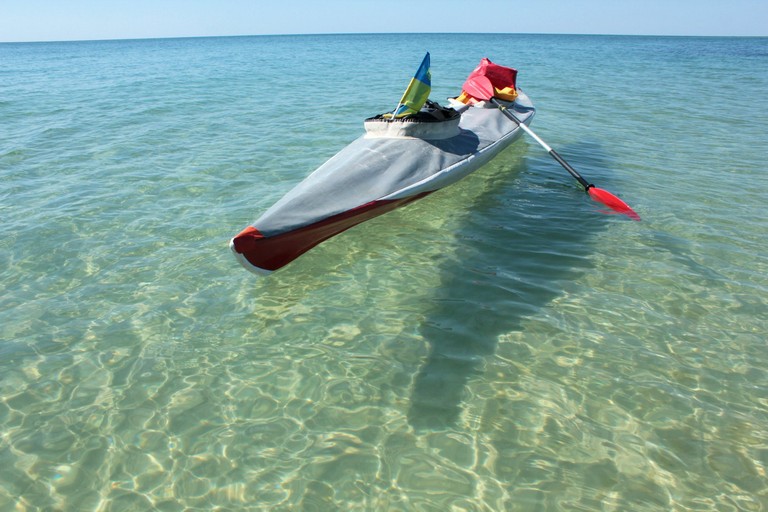
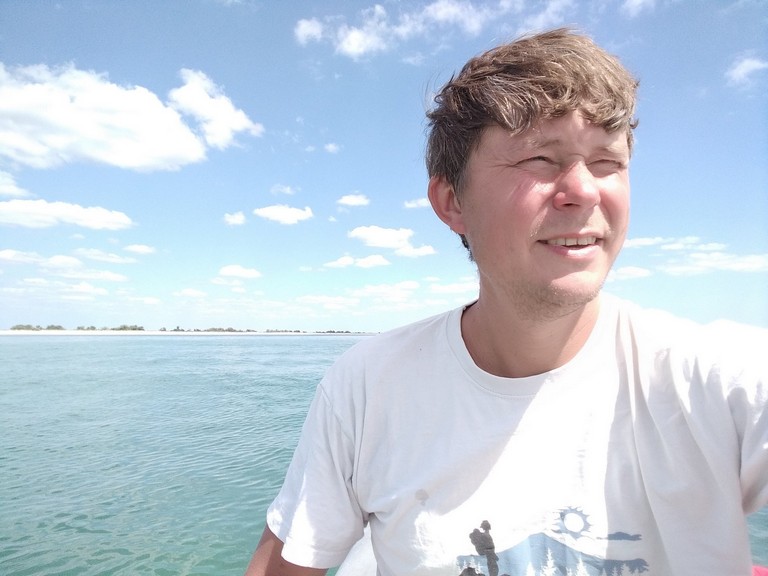
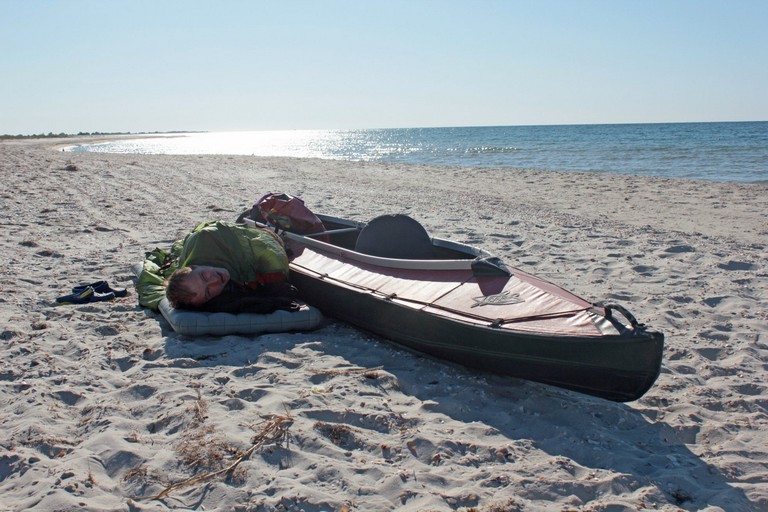
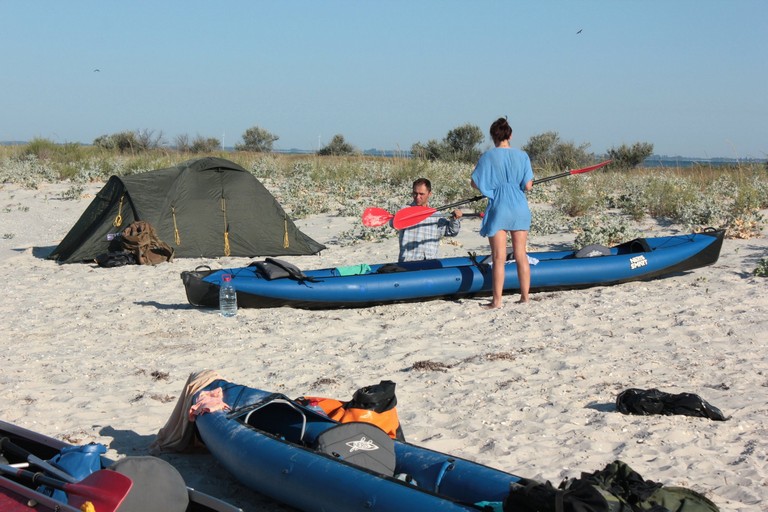
Flora
The vegetation of Dzharylhach includes steppe, meadow, wetland, and salt marsh species, as well as higher aquatic plants. A significant portion of the island is covered with artificially planted trees and shrubs. More than 20 plant species found on the island are listed in the Red Book of Ukraine.
Fauna
The wildlife of Dzharylhach is remarkably diverse. The island is home to acclimatized species such as the red deer, European fallow deer, and mouflon. Additionally, wild boars, foxes, and hares can be found here.
Migratory birds, including swans, ducks, geese, terns, sandpipers, glossy ibises, herons, and pelicans, use the island as a resting and nesting site.
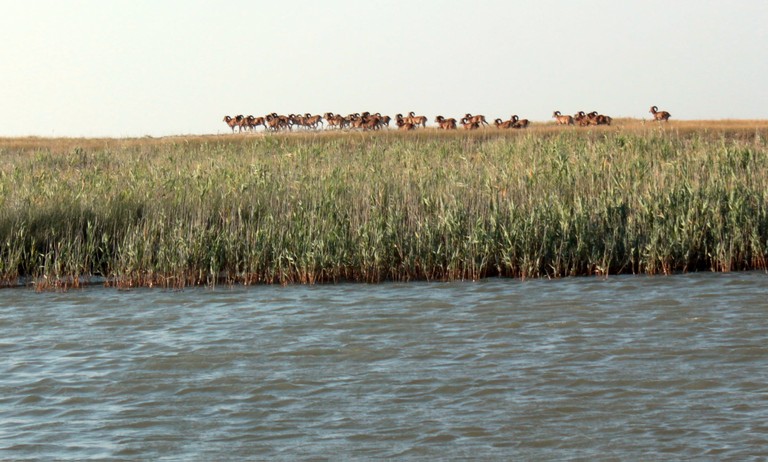
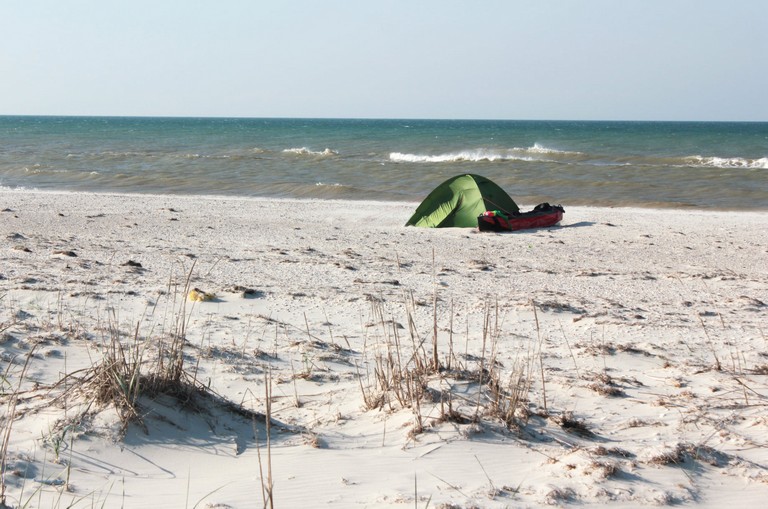
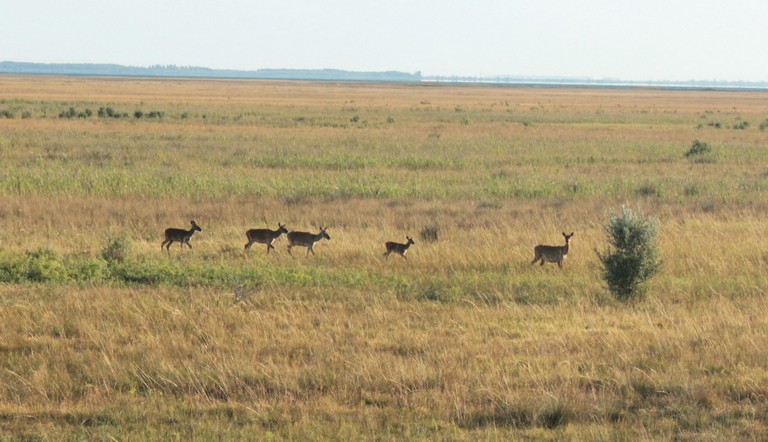
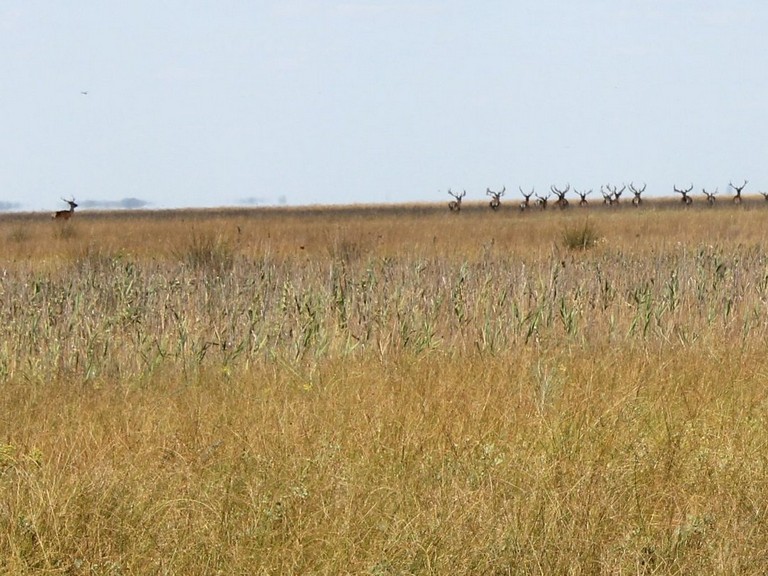
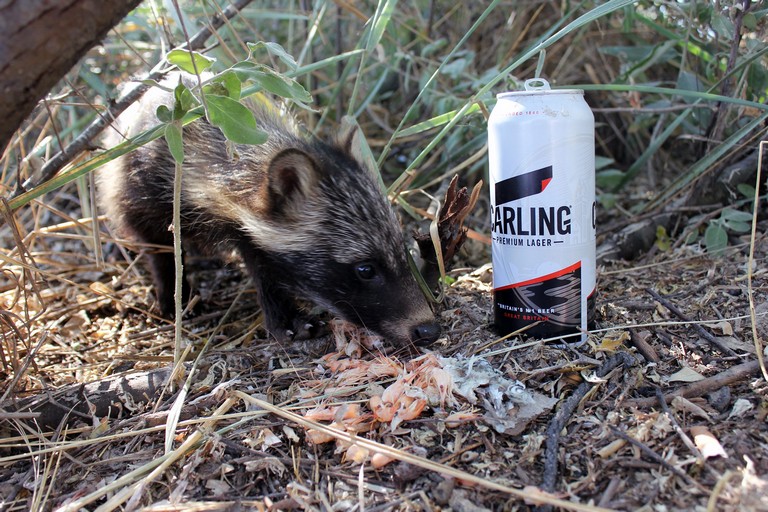
Marine Life Around Dzharylhach
The waters surrounding the island are home to approximately 80 species of fish, including rays, flounder, red mullet, anchovy, Black Sea herring, sprat, and mullet. The local gobies are particularly famous for their excellent taste. Additionally, the area is inhabited by the spiny dogfish (katran), the only species of shark found in the Black Sea.
Shrimp and Other Marine Inhabitants
Dzharylhach Bay is teeming with marine life. The shallow coastal waters are home to over ten species of crabs, including the grass crab, stone crab, marble crab, and swimming crab. Among mollusks, the Black Sea mussel is the most widespread. Shrimp are also abundant in the area.
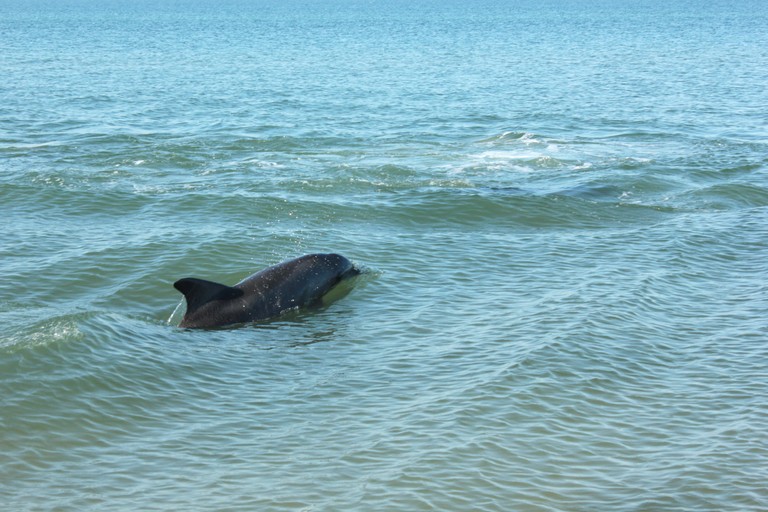
Insects
June is the peak season for mosquitoes on Dzharylhach. To ensure a comfortable stay, it’s essential to bring mosquito repellent and a tent with a mesh screen.
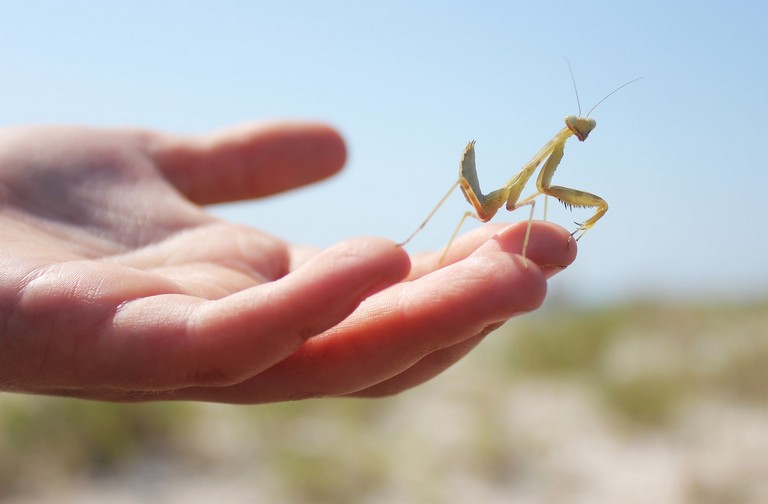
Dzha Lighthouse
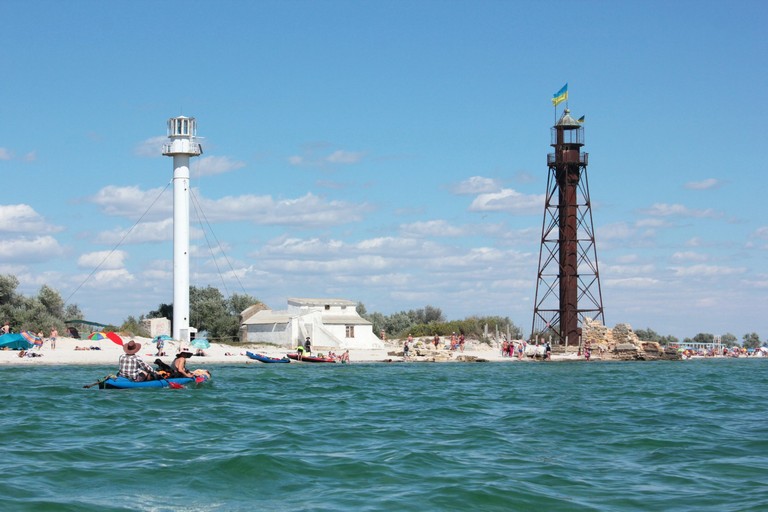
Lighthouse and Freshwater Sources
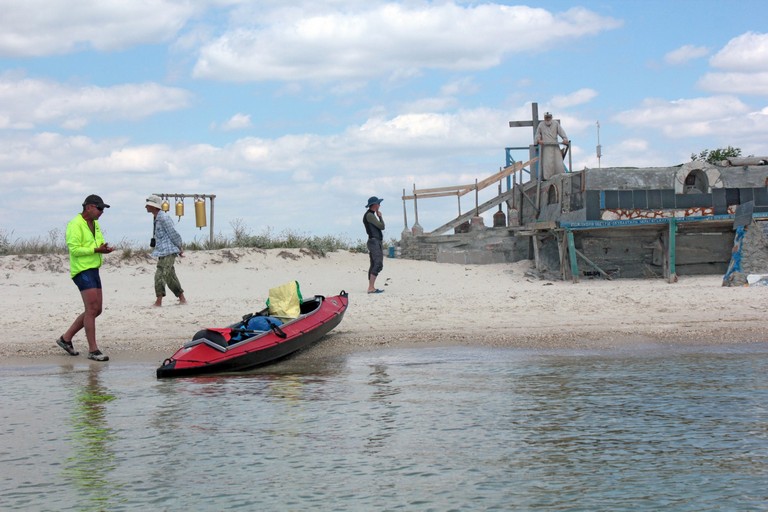
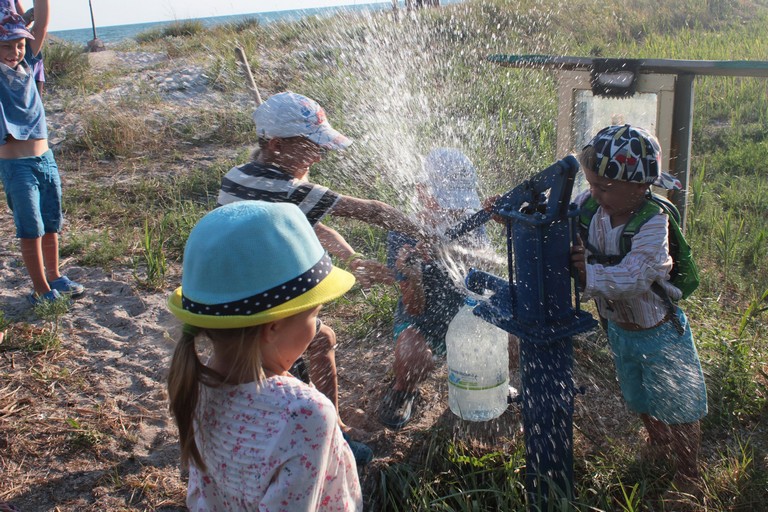
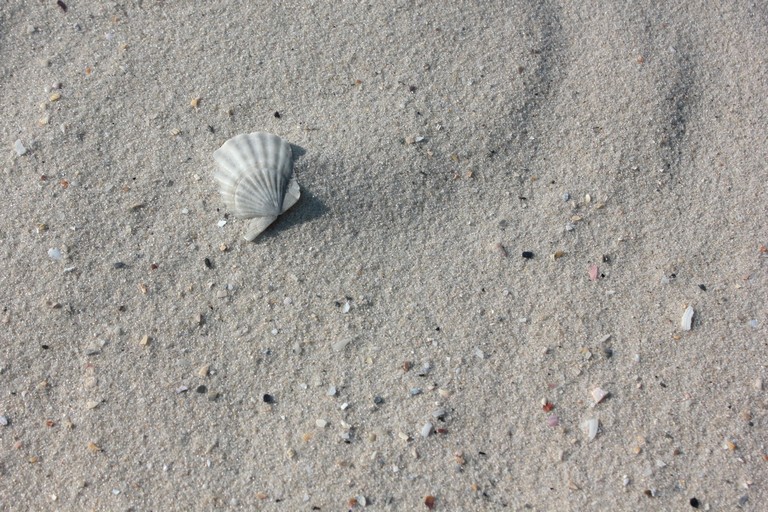
Kitesurfing in Dzharylhach Bay
Dzharylhach Bay, with its shallow waters and favorable wind conditions, is an ideal location for kitesurfing. The combination of warm waters, vast sandy beaches, and the absence of large crowds makes this spot particularly attractive for water sports enthusiasts.
Dzharylhach National Nature Park
Since 2009, the island has been part of the Dzharylhach National Nature Park. The park’s mission is to protect the natural heritage of the area, covering 10,000 hectares of land along with 2,469 hectares of the bay’s waters.
Dzharylhach Island is a truly unique place where nature has preserved its untouched beauty. Its rich flora and fauna, along with its picturesque landscapes, make it a hidden gem of the Black Sea.


